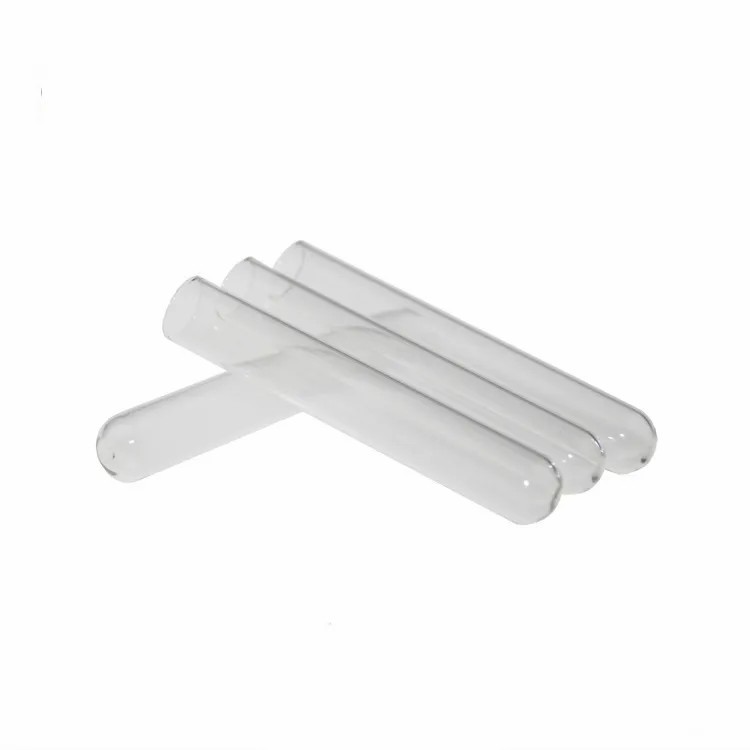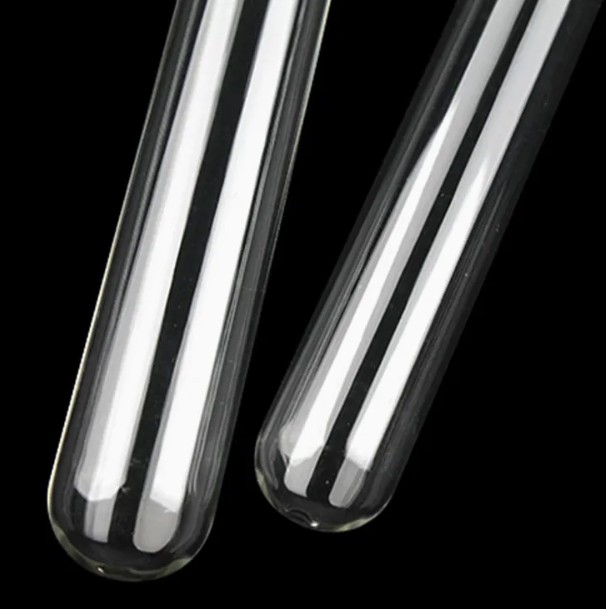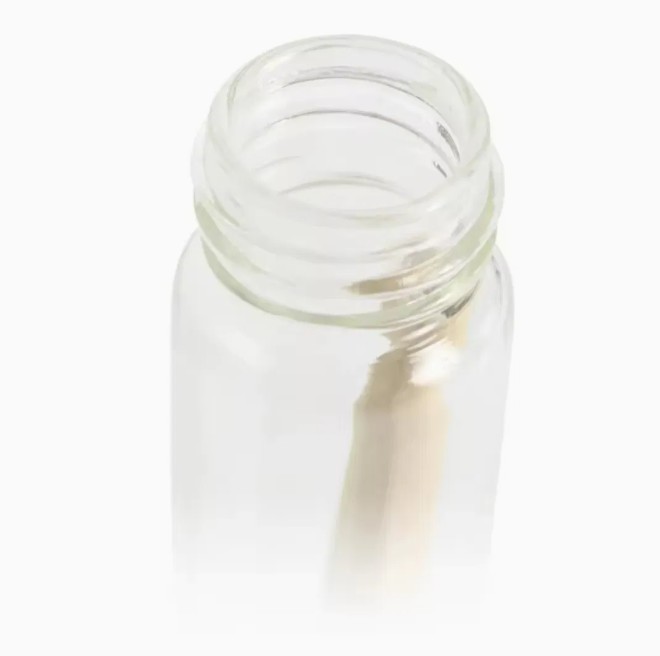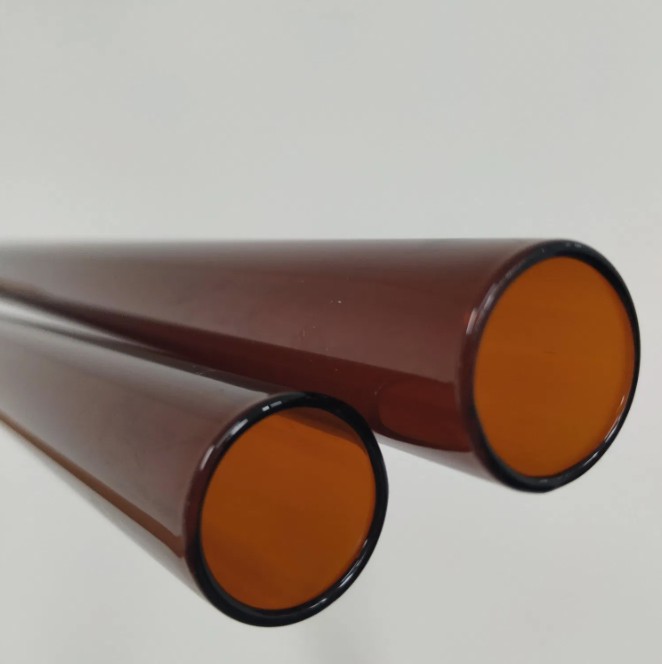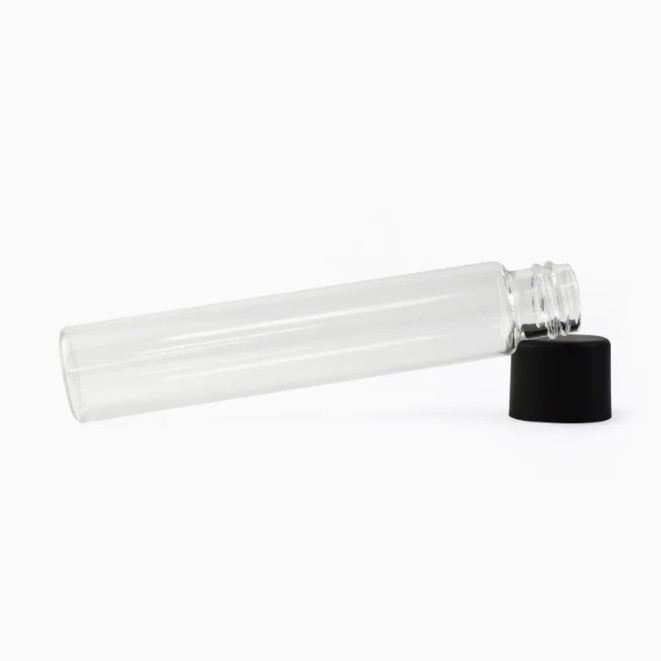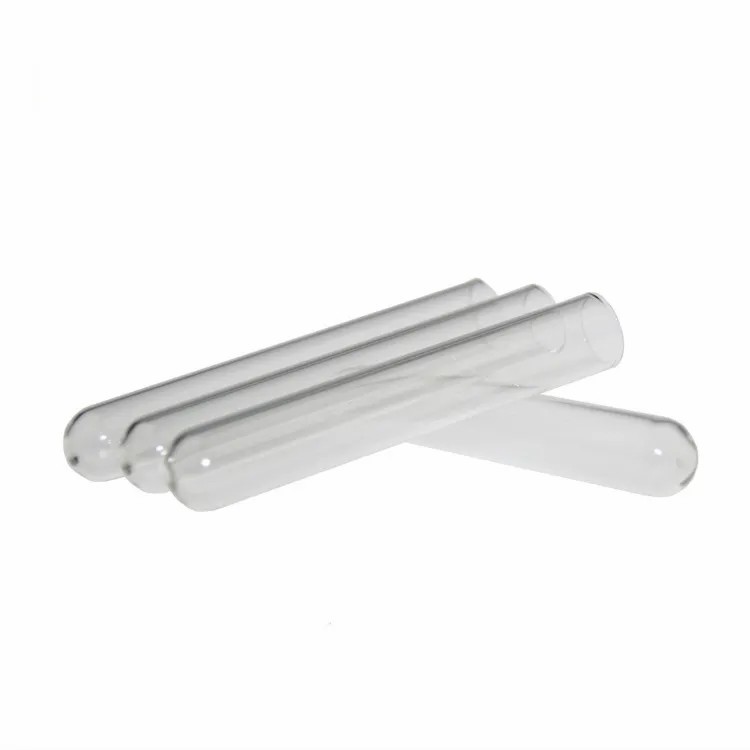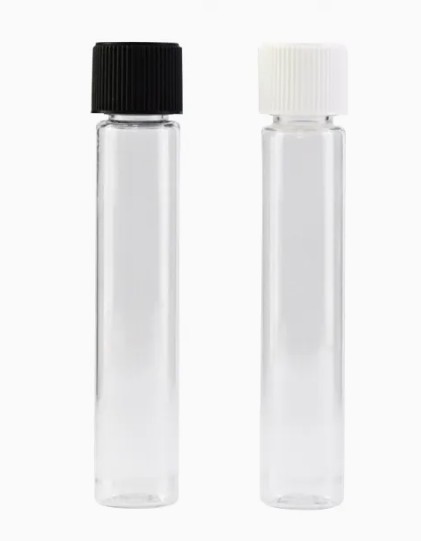Welcome!
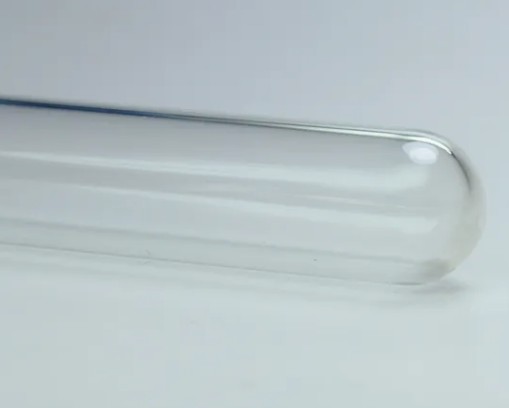

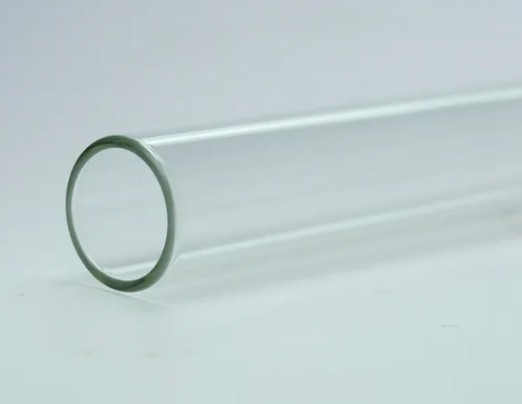
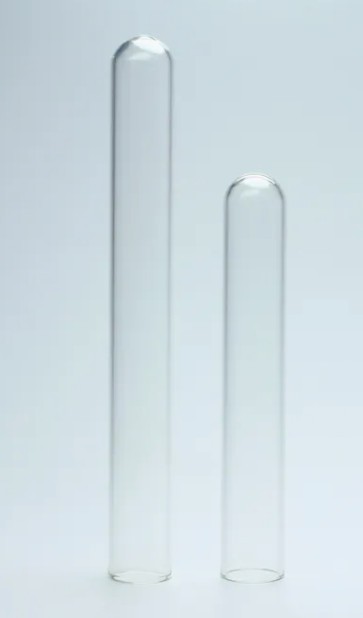
Introduction to Glass Test Tubes
Basic Info
| Annealing Point | 1210ºC | Density | 2.2g/cm3 | Materials | Materials |
|---|---|---|---|---|---|
| Origin | China | Purity | 99.99% | Shape | One End Closed Quartz Tube |
| Strain Point | 1120ºC | Transport Package | Inner Bubble Film/Carton F: Shipping Cartons/Wood | ||
Product Description
The glass test tube stands as one of the most iconic and fundamental tools across scientific and creative disciplines. Its simple, elegant design belies a remarkable versatility that has made it indispensable in laboratories, classrooms, and even artistic studios. More than just a container, a high-quality glass test tube is engineered for resilience, clarity, and chemical inertness, serving as a miniature vessel for discovery, analysis, and innovation. From complex chemical reactions to simple decorative displays, its utility is virtually limitless, proving that the most effective tools are often those perfected over time.

Defining the Core Characteristics
A standard glass test tube is characterized by its cylindrical shape, a rounded or U-shaped bottom, and an open top. However, the specific properties that define its quality are far more nuanced. The material is typically borosilicate glass, renowned for its low coefficient of thermal expansion. This scientific terminology translates to a critical practical benefit: exceptional resistance to thermal shock. Tubes made from this material can withstand direct exposure to intense heat from a Bunsen burner and rapid temperature changes without cracking or shattering, a fundamental requirement for many experimental procedures.
The clarity and transparency of the glass are equally important. They allow for unobstructed visual observation of reactions, color changes, precipitation, and gas formation. Many tubes feature uniform walls to ensure consistent heat distribution and minimize optical distortion when measuring volumes. Furthermore, the glass is engineered to be chemically inert. It does not react with most acids, bases, or organic solvents, ensuring that the contents remain pure and uncontaminated by the vessel itself. This combination of thermal durability, optical clarity, and chemical stability forms the bedrock of the test tube's reliability.
The Compelling Advantages for Diverse Applications
The advantages of using glass test tubes are rooted in their fundamental design and material properties. The primary benefit is safety and resilience under heat. The ability to be heated directly in a flame makes them irreplaceable for qualitative analysis and sample preparation, a task for which plastic alternatives are wholly unsuitable. Their chemical inertness guarantees sample integrity, which is paramount in sensitive experiments where even trace contamination could skew results.
From a practical standpoint, the rounded bottom is a key feature. It facilitates efficient mixing of small volumes of liquids with minimal dead space, simply by swirling the tube. The clear glass wall acts as a built-in observation window, enabling real-time monitoring of experiments. For educational purposes, this visual access is invaluable for demonstrating scientific principles. Despite their robustness, glass test tubes are generally reusable and easy to clean, offering long-term cost-effectiveness and reducing waste when compared to single-use plastic options. Their standardization also means they are compatible with ubiquitous lab equipment such as test tube racks, clamps, and holders, creating an integrated workflow system.
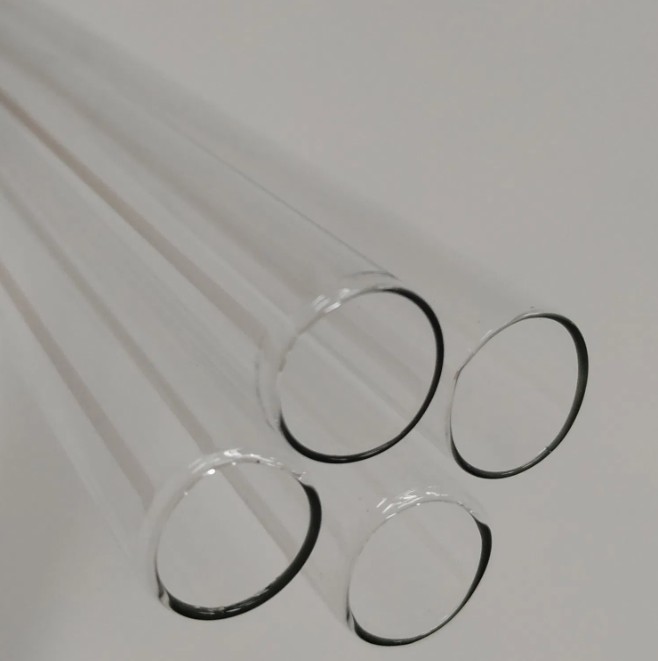
Versatile Applications in Science and Industry
The most prominent application of glass test tubes is, unquestionably, in the scientific laboratory. They are workhorses in chemistry for conducting small-scale reactions, heating solutions, and culturing microorganisms in biology. In biomedical and clinical settings, they are used as centrifuge tubes for separating blood components and as vessels for holding patient samples. Qualitative analysis, such as conducting tests for specific ions or functional groups, heavily relies on the test tube's ability to be heated and its contents easily observed.
Beyond the lab bench, their utility extends to educational environments. School science curricula use them to teach students basic chemical principles and safe laboratory techniques. In industrial quality control, they are employed for routine checks and sample testing. Interestingly, the aesthetic of the glass test tube has also found a home in creative and commercial spheres. They are repurposed as unique vases for single-stem flowers, stylish containers for signature drinks or condiments in gourmet dining, and as key elements in decorative lighting and artistic installations.
Frequently Asked Questions About Glass Test Tubes
1. What is the difference between borosilicate and soda-lime glass test tubes?
Borosilicate glass is highly resistant to thermal shock and chemical corrosion, making it the preferred choice for laboratory work involving heating or harsh chemicals. Soda-lime glass is less expensive but more susceptible to thermal stress and cracking, making it suitable for cold applications or disposable uses.
2. How should I safely heat a liquid in a glass test tube?
Always point the open end of the tube away from yourself and others. Use a proper test tube holder, not your hands. Gently move the tube in and out of the flame rather than holding it directly in the hottest part of the flame to promote even heating and prevent violent boiling.
3. Are there caps or stoppers available for test tubes?
Yes, a variety of closures are available to suit different needs. These include loose-fitting plastic or metal caps to keep dust out, cork stoppers that allow for gas exchange (useful for culturing), and silicone stoppers that provide a more secure, leak-resistant seal.
4. What do the markings like 16x150mm on test tubes indicate?
These numbers refer to the tube's dimensions. The first number (16mm) is the approximate outer diameter of the tube, and the second number (150mm) is the total length. This standardized sizing ensures compatibility with test tube racks and other holders.
5. How do I properly clean and dispose of used test tubes?
For reusable tubes, cleaning with a brush and laboratory-grade detergent is standard. For sterilisation, autoclaving is common. Disposal depends on the contents. Tubes used with non-hazardous materials can often be cleaned and reused. Those contaminated with hazardous chemicals or biological agents must be disposed of as chemical or biohazardous waste according to local safety regulations.
Conclusion: An Enduring Symbol of Practical Innovation
The glass test tube remains a cornerstone of practical science and a testament to functional design. Its enduring presence from high-school classrooms to advanced research institutes underscores its unmatched utility. By offering a unique combination of thermal resistance, chemical purity, and visual clarity, it facilitates a hands-on approach to exploration and analysis. Whether serving a critical function in a groundbreaking experiment or adding a touch of scientific elegance to a decorative project, the glass test tube continues to prove its worth as a simple, yet profoundly effective, tool for professionals and enthusiasts alike.
Recommended Products
Recently Viewed
Contact Us
Yangzhou Huiying Glass Crafts Co., Ltd.





